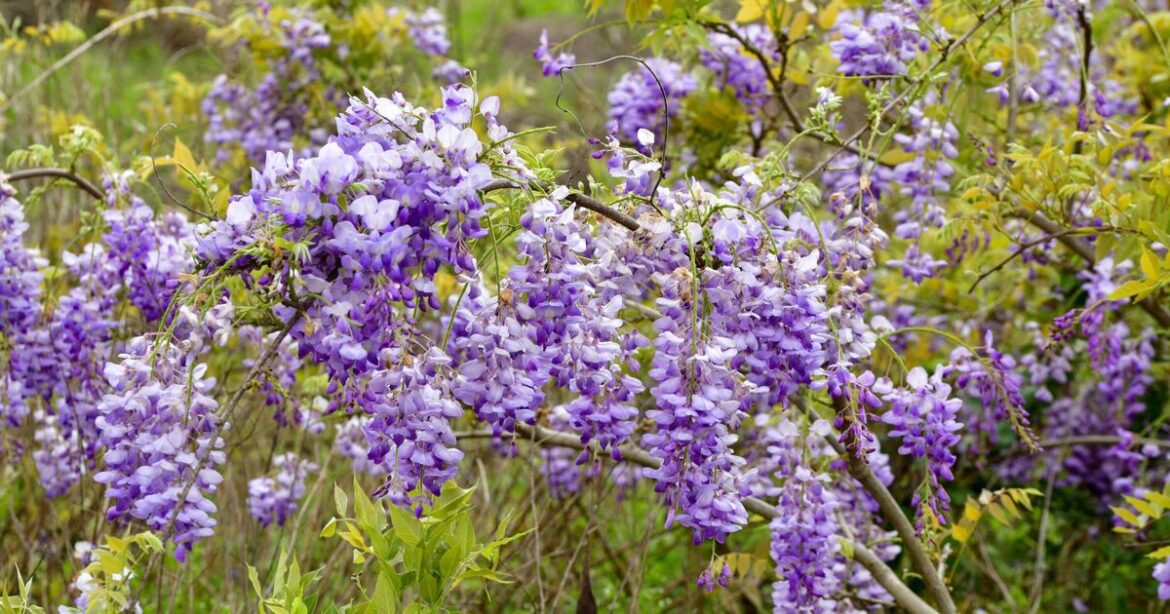Cascading clusters of pastel flowers make wisteria stand out against the woody vines, but the fragrant blooms are notoriously short-lived. Wisteria blooms in spring with shades of purple, violet, blue, pink or white, continuing into summer. Despite its beauty, wisteria has a reputation for being somewhat unruly and high-maintenance.
It grows quickly, sometimes several feet in a single season, and its thick woody stems can become invasive if not managed properly. According to Monty Don, gardeners concerned about how their wisteria is flowering should turn their attention to pruning, perhaps earlier than they may think.
Successful cultivation of wisteria requires careful pruning, support structures and patience. For those willing to invest some time into wisteria this June, Monty Don’s recommendation is to prune according to a simple number rule.
On his blog, the gardening maestro explains that wisteria flowers on new growth only, which emerges in the form of spurs off the main shoots.
With the middle of June approaching, which is when most wisteria stops flowering, Monty notes it is “the best time to prune all this year’s new shoots back to a spur”.
Being too blasé with your secateurs is advised against, as is being too restrained.
Monty instructs gardeners to leave no more than about six inches of growth on their wisteria.
“In the process, the whole plant can be tidied, trained and tied in so that there are no loose, trailing shoots”, said the Gardener’s World icon.
Pruning too hard is detrimental to wisteria as it can significantly impact its flowering potential and growth the following year.
Gardeners who are sceptical of their pruning capabilities should err on the side of caution and cut too lightly. If you do this, Monty suggests pruning again in January when the foliage has died back.
This time, prune each side shoot down to just two or three inches.
New growth should not be confused with the woody stems of wisteria. According to the Royal Horticultural Society, wisteria flowers form on new shoots that develop on the previous year’s wood.
This means that summer pruning, which involves shortening long, whippy stems back to five or six leaves, helps redirect the plant’s energy from leafy growth to flower bud production.
Monty Don reinforces this concept of “new growth on old wood”, stating that careful summer pruning helps concentrate flowering spurs close to the main framework.
June pruning sets the stage for next year’s display, so do not expect a fresh flush of flowers this summer.

